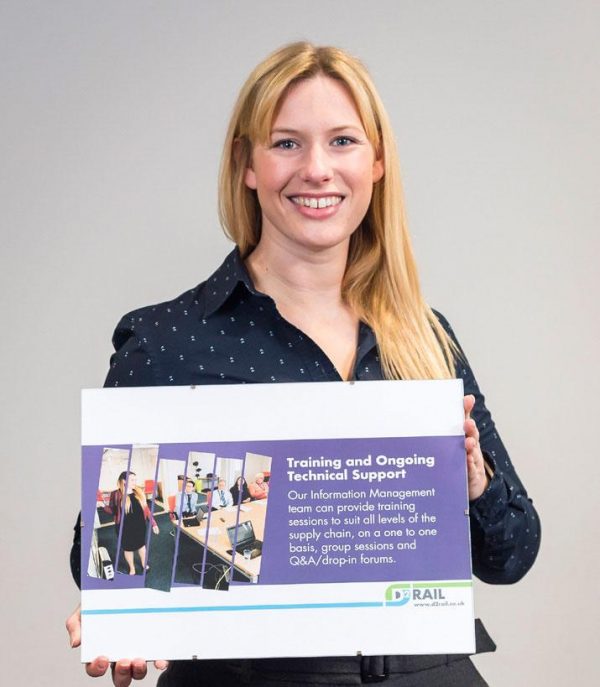


The Liverpool Lime Street Re-Modelling and Edge Hill Re-Control project was a condition led renewal and re-control project. It replaced life expired signalling and track lineside assets and signal boxes. In addition, the existing track layout was remodelled to meet the future increase in timetabled passenger train movements and requirement for longer platforms.
D2 was commissioned to provide Information Management support to this logistically complicated project. We joined the DPE (Designated Project Engineer) team from Network Rail to ensure that clarity, compliance and close-out of information was fully achieved across the works, allowing all suppliers to deliver.
The £140m transformation of Liverpool Lime Street was completed on time and to budget, with the final stage taking place on Sunday 14 October 2018. Two brand new platforms were built and are in full use, and all others were remodelled, widened and/or lengthened.
An extensive signalling upgrade was also completed to allow more trains to run in and out of the station, more reliably. Signalling control was successfully moved over to a centrally-operated Manchester Rail Operating Centre in July 2018. This now provides more reliable journeys for passengers, allowing faster decision making on the railway to minimise delays.
The project commenced in December 2016 with the majority of the work being delivered over two key phases; 30 September – 22 October 2017 and 2 June – 30 July 2018. This included:
Liverpool Lime Street Re-Modelling was a ‘hub and spoke’ style project, which meant many different engineering companies and disciplines fed into one central co-ordinating team to manage the delivery of the works.
The aim during the life of the project was to provide clear and concise reporting, tracking and management of actions and requirements of the project to support the core project team to effectively co-ordinate the suppliers and deliver the works.
This included scope to innovate processes and streamline information where necessary, to improve the communication and management of information across the project and produce more effective close-outs of actions.
With the contribution of multiple suppliers and engineering disciplines feeding into the project, there was a lack of standardisation and process control with regards to the flow of information. The processes that were being followed in the early stages of the project were reviewed, amended and then controlled. We outlined a clear and simple strategy to achieve uniformity across the project, whilst providing support to all contributors to ensure that this was achieved.
As the construction element of the project was logistically complex, assuring that all the design and safety requirements were fulfilled was a key to the safe and timely delivery of the project. Creating and maintaining a framework to manage the overview of these requirements made for a clear and concise understanding of the progress of the project enabling quick and effective reporting of outstanding issues and works.
There is a trend towards over complicating the issue, especially as Document Management systems such as ProjectWise, can provide so much information about stored documentation from the current life cycle throughout its history.
Through simplifying and streamlining, we were able to declutter the information, which allowed us to get to the heart of all issues and resolve them more effectively. By imposing a clear framework of uniformity and compliance across the project, a clearer and more concise presentation of information could be achieved.
“Rebecca Mercer worked on the Liverpool Lime Street Re-Modelling Project as a Technical Clerk and Projectwise Specialist throughout GRIP 5-8. She was an integral part of the Engineering Management Team; taking minutes in IDCs, inputting Signal Sighting data, assisting with Entry into Service files and administrating the collection of electronic signatures on IDC certificates to name just a few of her responsibilities. She quickly became the ‘go-to’ person for all Projectwise queries. Rebecca is a true team player, she has a ‘can-do’ attitude, is willing to take on new tasks and has a friendly but professional demeanour. I would love to work with Rebecca again in the future.”
Claire Hulstone
Project Delivery Engineering Manager
Network Rail